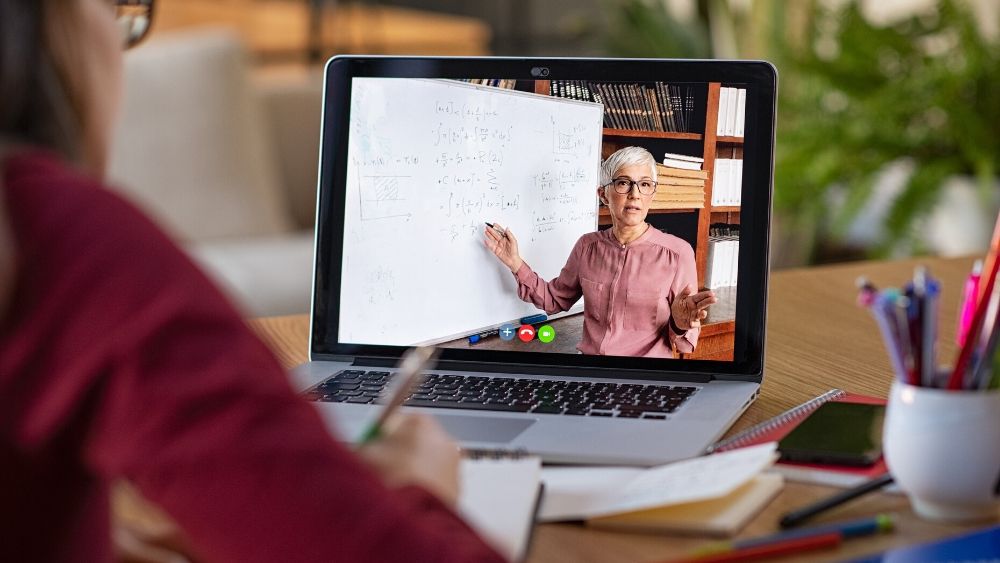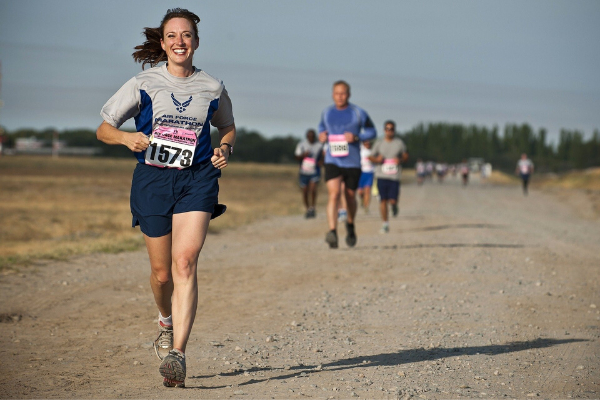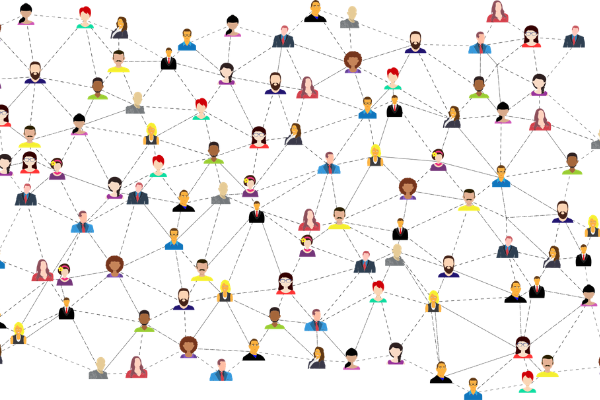Insights
INSIGHTS
All Topics
My Account
How to run your own charity webinars
07 Jan 2021by Chris Hall
Charity webinars are proving vital for organisations delivering services online. We share what we’ve learnt from our 18-month old webinar programme
As more and more charities are delivering their services digitally and find virtual ways to communicate with donors, the webinar can be a trusty tool in any charity’s arsenal.
We’ve been running our own webinar programme for over 18 months, so we thought it might be worthwhile sharing some of what we’ve picked up from our audience, platforms and other webinerds along the way.
The world of charity webinars
The hardest part of embarking any new program or initiative is starting. It’s easy to get bogged down in the specifics and over-do planning meetings. There are only 4 things you need to get going:
1. An audience
As with any content, your audience is key to success. They can help you determine your topic, time and platform. It’s essential to make sure there’s interest in a webinar programme before you put in action. Speak to your audience, find out if they’re interested and if so, what is the best time for them, the best platform and find out the key topics or services they’d like to hear about.
2. A topic
If your webinars are for donors, then ask them what they’d like to hear about. Lockdown has shown that donors can be a charity’s most creative asset for content creation. They’ll not be short of an idea or two- be it a discussion with a service user who benefited from a donation or a seminar on what happens with a donation.
3. A time
Ask your audience what their time preferences are. This is a tough one, especially where services are concerned. Try and find the balance between flexibility and regularity. This might mean running 3 sessions a day at different times to be fully inclusive.
In one of our webinars with Thirtyone:Eight, they shared how they’d moved webinar training sessions to the evening to be more accessible and available to their service users. Similarly, for a donor audience we’ve found routine works best to increase engagement. If your survey comes back with a definitive time and date then stick to it until otherwise informed. Your audience will follow suit and start building into the daily, weekly or monthly routine
4. A place
Nope, not a physical building but your delivery mechanism. Most video conference platforms have webinar functionality. We use Zoom, it’s an easy-to-use and cost-effective platform but there are plenty of other platforms out there offering varying degrees of features and prices. Our advice would be to use a platform you’re familiar with and one that has a simple user experience for both you and the audience.
Things to consider when picking the platform are webinar production, sign-up experience and integration, security and data handling, automated email functionality (this is important for sharing join links) and the ability to record.
Moreover, all webinars need to be engaging. Make sure to consider what interactivity features are available to you. Polls, quizzes, slide sharing, video sharing Q&A’s, chat and social sharing are all ways to make online seminars more interactive.
The charity webinar process
Now you’ve taken the brave step into the world of charity webinars, how do you make them happen? With a mix of good preparation and clear communication.
Four weeks to go
Plan what your session is going to be about. Don’t do this alone, it’s always better to bounce of colleagues, your network or even friends and family. If your speakers are external, meet with them for an initial conversation about the webinar, ensuring they know what to expect on the day and agree on the discussion points. Set a deadline to receive a draft of slides and set up a call to review them, typically 2 weeks before the webinar.
After the call you should have all you need to build your sign-up page. You can do this within your own websites or through landing page sites like Unbounce, idloom or Eventbrite. Include some information on what the webinar is about and, if you can, share photos and information on the speakers as well. Add in a sign-up form to capture any information you want and add in a consent if you’re going to use the data for communications or share with a third party.
Once your page is live, set up a campaign to drive sign ups. We normally send 3 dedicated emails to a segment of our audience that meet the interest criteria. For example, if you’re an animal charity and are doing a webinar on pandas, send it to all those who are interested in Pandas. Cross promote on social media and if you have the resources, use some paid advertisements as well. Now you can watch the signs ups flood in! Don’t forget to send those who signed up a confirmation email with the webinar link. If you have a good landing page or automation feature, this can happen automatically. If not, you can do this later.
Two weeks to go
It’s here that you want to finalise your session. If you have speakers, have a final meeting with them to review what’s being presented and make any last-minute suggestions. You can share with them how the webinar will work on the day and the webinar features that they can use on your platform.
We also send a second email around this time. Having announced the session in our first mailer, we’ll go a little deeper into why they should join.
One week to go
This is where you have your final check of slides and conduct your dress rehearsal. Make sure it keeps to time and there’s plenty of opportunity to ask questions. Send your final promotion to your interest group and see if you can create some FOMO with a “1-week to go” email.
Webinar day
It’s here, the day we’ve been waiting for. Remember, it’s all about making things smooth and engaging.
Keep a grip on time by asking all speakers/hosts to come online 30-45 minutes before the webinar start time. You can use this time for any final reviews and to answer any last questions.
Make sure to check your connectivity and test all the platform features you’re going to be using. Conduct a sound check, camera check, screen share check, Q&A check, chat check, etc. And make sure the recording function is turned on if required.
The goal is to have all checks complete with 10 mins to go. This leaves time for a quick refreshment break and for the speaker to get themselves comfortable before going live.
Top Tip: Before you start, make sure you and your speakers grab some water- this is usually forgotten, but is very key!
Webinar day includes your most important email send. We’ve found the best way to make sure people show up is to send a "15-min to go" email. This serves as a final reminder to join the webinar and will increase your final attendee numbers.
Follow up
It’s always useful to share the slides and any other useful resources with attendees after the webinar. This can be done with a simple email at some point after the webinar ends.
If you’ve recorded the session, one option is to add it your YouTube channel and then share the link in the same email. Additionally, share the recording with those who didn’t attend as well, this means you can continue to drive engagement even after the webinar is finished and encourage people to attend future ones.
If you want to edit your webinar recording prior to sending it out, there’s a huge variety of editing software at your fingertips. Adobe editing software is a popular choice, but there’s many options out there to suit your particular needs and skillset.
It’s good to close the loop with a feedback form. Ask those who attended what they liked and didn’t like about the webinar. This gives you great insight on where you can improve so you can keep iterating and tailoring the programme for your audience.
Find the process that works for you
No two webinar processes are the same. We’ve shined some light on what works and doesn’t work for us, but it’s not intended to be a one size fits all solution. Charity webinars are proving invaluable to delivering key services and driving fundraising activities in our digital world. The key is to start, speak to your participants, learn as you go and keep improving the program.
Let us know about your experience with webinars in the comments below!
More on this topic
18 Feb 2025by Ioan Marc Jones
Training to help your charity embrace the future
Recommended Products
18 Feb 2025by Ioan Marc Jones
Training to help your charity embrace the future
Our Events
Charity Digital Academy
Our courses aim, in just three hours, to enhance soft skills and hard skills, boost your knowledge of finance and artificial intelligence, and supercharge your digital capabilities. Check out some of the incredible options by clicking here.



















